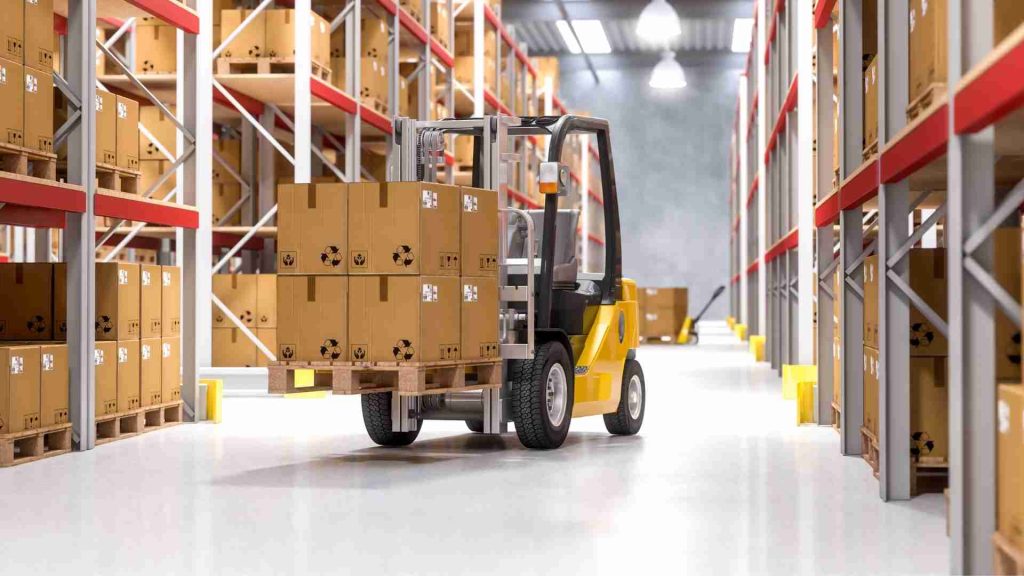Due to the COVID-19 pandemic, inflation, labor shortages, supply chain issues, and other challenges businesses are facing in the year 2022, businesses need to rev up their energy and innovation efforts to remain competitive. To do so, they must stay on top of (and participate in) distribution ERP trends and research distribution ERP systems.
A distribution ERP system brings together information from every department into a central location, allowing you to access that data from any device. It also provides you with financial, inventory, customer, commerce, sales order, purchase order, order, requisition, warehouse and service management capabilities as well as an integrated point of sale (POS), business intelligence and analytics capabilities.
A distribution ERP system should simplify item management, streamline your warehouse operations, and be based on a configurable cloud platform.
Distribution ERP systems are often similar to manufacturing ERP systems, but they are not to be confused because of certain factors that are unique to the distribution industry. For example, distributors typically process larger orders and a greater total volume than manufacturers. Therefore, distribution ERP systems must address and handle the fluctuating issues, measurements, patterns, and data points related to the distribution industry.
The need to satisfy their customers’ demand for order fulfillment, flexibility and speed has prompted ERP providers to integrate the top three distribution ERP trends of 2022 into their software offerings.
Here are the trends:
- Achieving supply chain efficiency through RFID and IoT technologies.
The COVID-19 pandemic has created supply chain disruption and other problems for manufacturers, distributors, and customers. The situation is complicated and won’t be resolved quickly, making it one of many trends that will impact distribution in 2022.
On the upside, the trend toward individualization points directly to what ERP systems can do in terms of supply chain management. For example, ERP tools can integrate various technologies—such as radio-frequency identification (RFID) tags and the Internet of Things (IoT)—to help businesses synchronize their supply chains.
RFID tags have been available for years, but their ability to transmit data from the item to a computerized reader makes them an ideal tool for tracking goods, especially when combined with the internet of things and enterprise resource planning systems.
Having an inventory management software solution can help you manage your inventory more effectively. It enables you to see where you have inventory, what items are coming in and when they will arrive, equipment statuses, transportation conditions, etc. Having such visibility into your supply chain improves decision-making.
- Increased automation can improve distribution.
Distribution ERP systems are also trending toward automation. Automation is a major factor in reducing labor costs, improving operational speed, minimizing human error, and increasing accuracy. Instead of counting and locating inventory manually, employees can pull reports containing that data directly from the distribution ERP solution.
To improve the entire organization’s workflow, it is vital to have as much information as possible about your distribution processes. This means there is no time to waste on data collation or preliminary analysis; only after the required analysis has been conducted can you find and fix bottlenecks and pain points in your organization’s distribution processes.
- The field of Artificial Intelligence and Machine Learning is growing fast.
Although artificial intelligence and machine learning have been around for decades, many distributors have not yet recognized how they can be used to take advantage of industry trends.
Artificial intelligence (AI) and machine learning (ML) are two terms used with increasing frequency in the distribution industry. Both concepts rely on the use of algorithms to help distributors make predictions, forecasts, and calculations that would take mere humans an extraordinary amount of time to determine.
Forecast demand and influence decisions in your company.
Fill orders faster and more efficiently.
Optimize route planning for quicker deliveries.
Detect inventory and supply chain issues before they occur.
Altogether, these benefits add up to happier and more satisfied customers and employees —and to a happier and more profitable business.

Vijay comes with a vast experience in ERP and enterprise solutions space with about 20 years of experience in various packaged application like Acumatica, SAP, Orion, Salesforce.com, SugarCRM and, SalesLogix.

